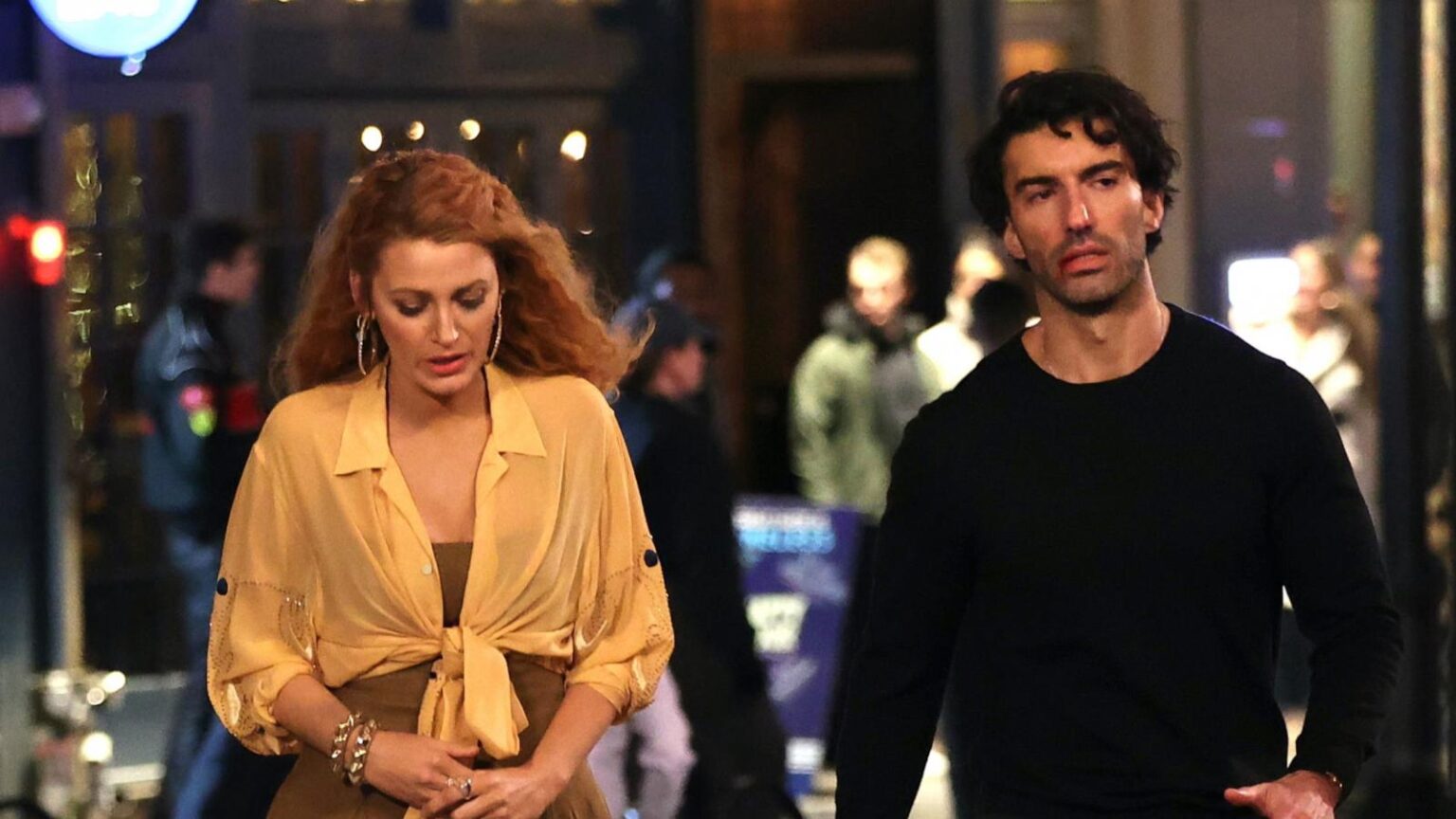In a notable legal confrontation, Hollywood actors Blake Lively and Justin Baldoni are facing off against The New York Times (NYT) over claims of biased reporting. The dispute arises from the NYT’s coverage of allegations made by Lively, which Baldoni has vehemently denied. He has countersued the newspaper, asserting that the reporting was unfairly biased and harmful to his reputation.
Lively’s claims have garnered considerable public interest, as she accuses Baldoni of misconduct during their professional dealings. However, Baldoni contends that the articles misrepresented the facts and failed to accurately depict the events. His countersuit against the NYT seeks to rectify what he perceives as misleading coverage that has damaged his public image.
As the legal proceedings escalate, the case has ignited conversations about the media’s influence on public perception, particularly regarding high-profile individuals. This scenario raises crucial questions about the balance between journalistic freedom and the potential repercussions of inaccurate or biased reporting.
Both sides remain steadfast in their positions, with the lawsuit now set to unfold in court. The resolution of this case could have far-reaching effects on how media organizations cover sensitive issues involving public figures.









